category » Energy
Solid oxide fuel cells (SOFCs) directly convert chemical to electrical energy with high efficiency and can operate using a wide…
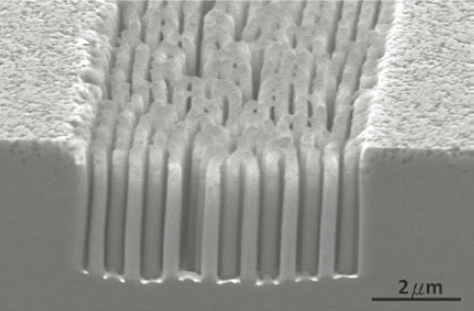
Silicon nanowires (NWs) have attracted immense interest for sensing applications due to their high surface-to-volume ratio. In particular, field-effect-based chemical…
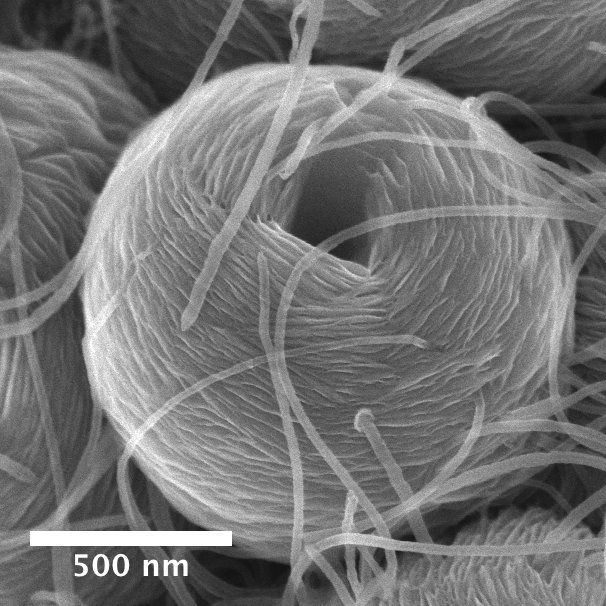
Recently, Li-O2 batteries have attracted much attention as potential next-generation alternatives to lithium-ion batteries for electric vehicle energy storage [1]…
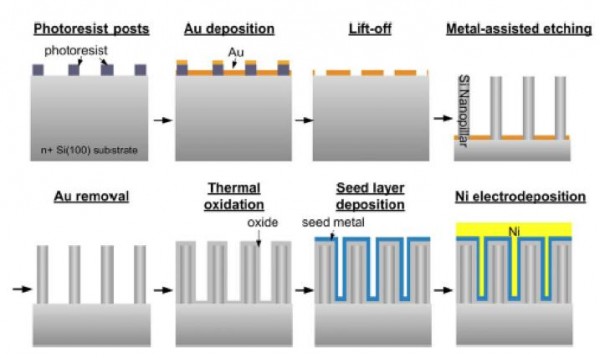
Capacitors with high capacitance density (capacitance per footprint area) have potential applications in autonomous microsystems and for power management in…
Combustion of fossil fuels, essential for electricity generation and vehicular propulsion, is generally incomplete, leading to harmful NOx, CO, and…
With continuously growing energy demands, new alternative energy solutions become essential. In order to achieve sustainability, efficient conversion and storage…
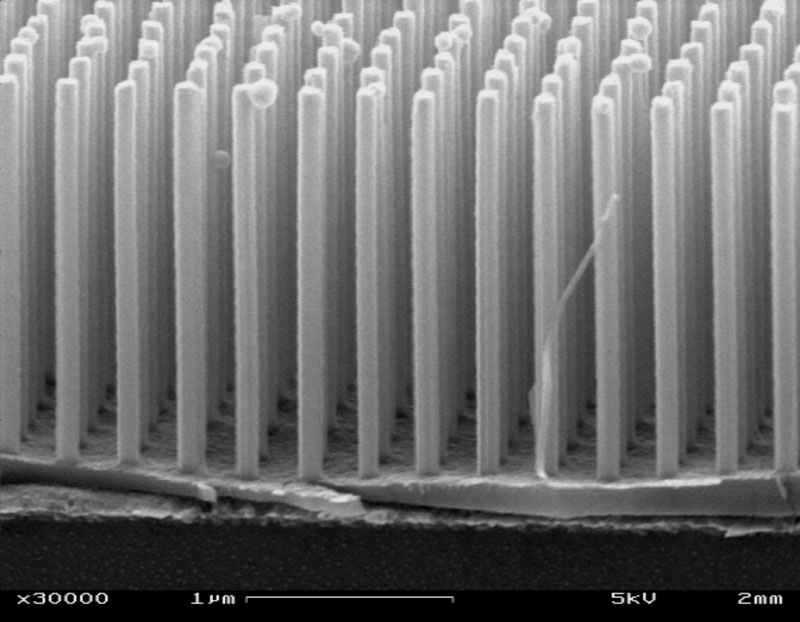
Micro-batteries provide a critical component for self-powered autonomous microsystems. Lithium-ion batteries provide relatively high energy storage capacities. Significant improvement in…
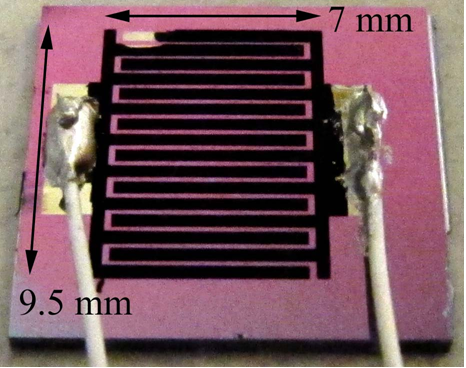
Due to their mechanical, thermal, and electrical properties and their natural ability to grow on a variety of metallic and…

Solar cells with broadband absorption and large acceptance angle are demonstrated by using two-dimensional core-shell structures, which are composed of…
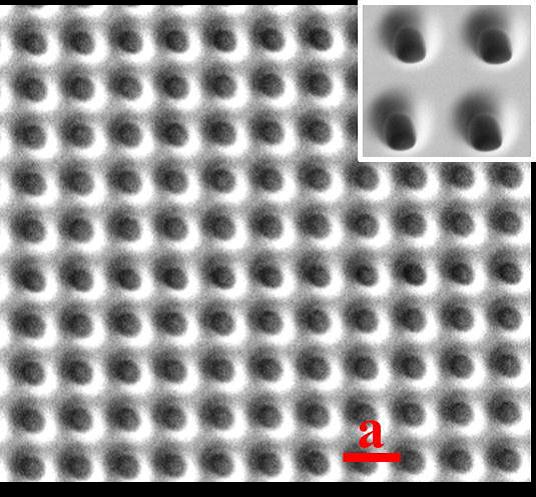
Two-dimensional photonic crystals (PhCs) are fabricated using dual-beam focused ion beam (FIB) in Er3+-TeO2 thin films and demonstrate broadband enhancement…
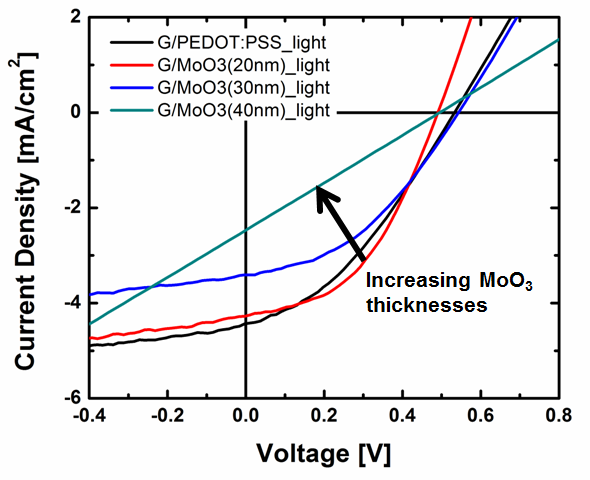
Due to the remarkable physical properties of graphene, applications in various areas such as transistors [1] , chemical sensors [2]…
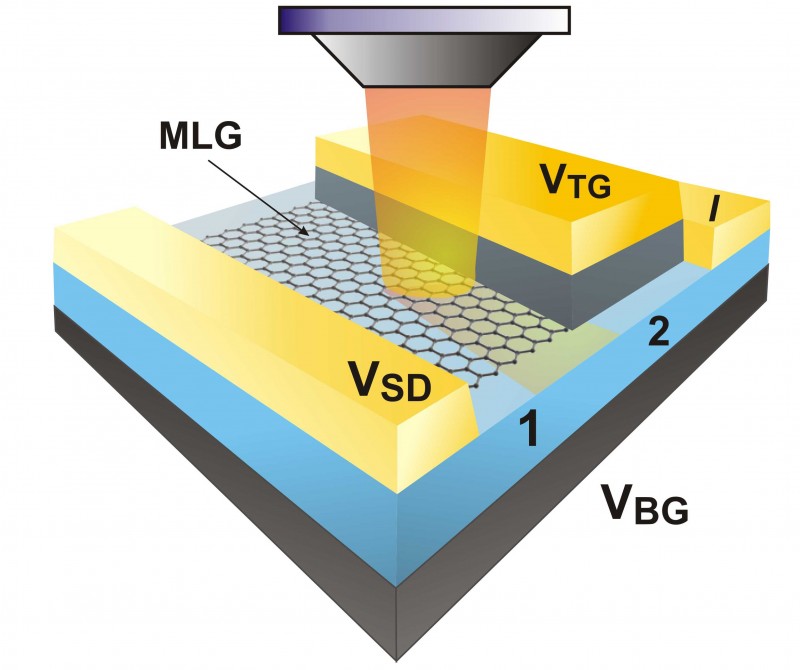
The photoresponse of semiconductors, which determines the performance of optoelectronic devices, is governed by energy relaxation pathways of photoexcited electron-hole…
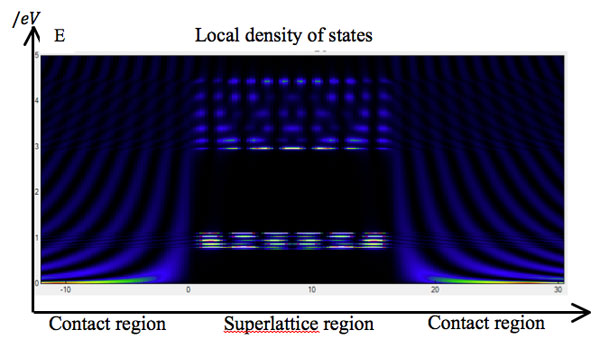
Achieving a sharp subthreshold swing is crucial to enable the supply voltage scaling that is necessary to reducing power consumption…
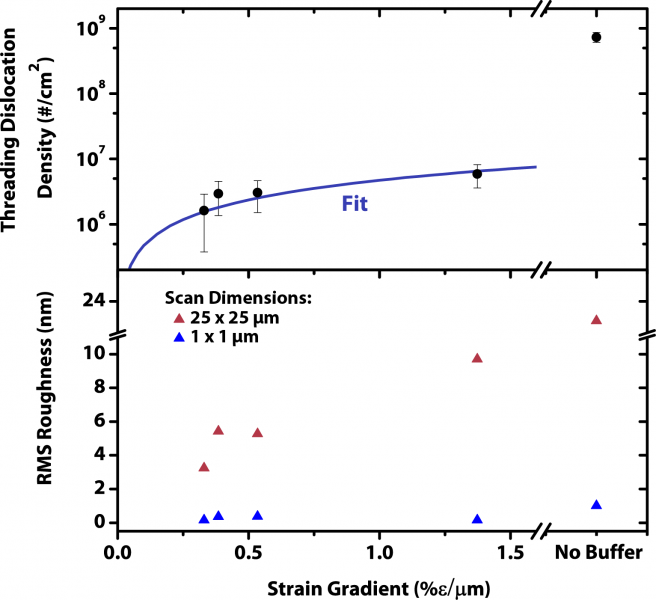
Semiconducting alloys of InxGa1-xAs, GaAsySb1-y, and InAszP1-z can be fabricated to exhibit band gaps between 0.5 and 1.0 eV, which…
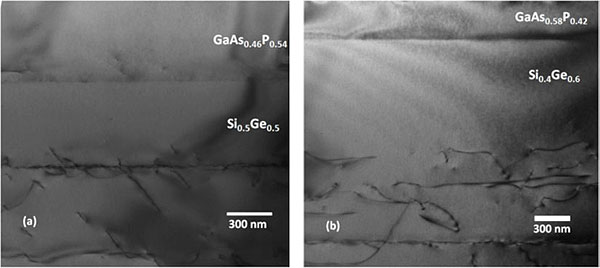
Photovoltaics and sustainability have received much attention lately. We seek a tandem photovoltaic device using silicon as both the substrate…
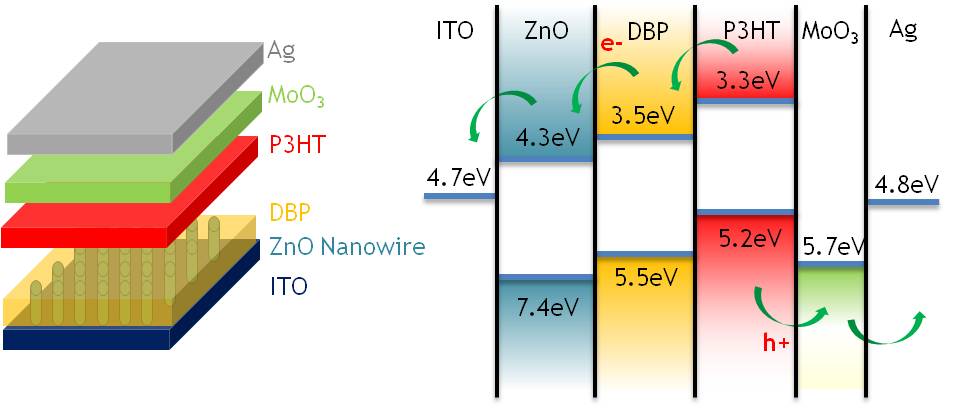
Organic/inorganic hybrid solar cells based on the integration of conductive polymers into semiconducting nanowire arrays offer opportunities for the development…
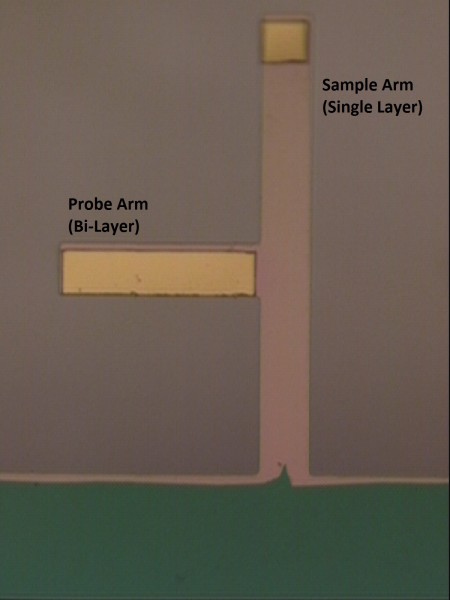
Microfabricated cantilever beams are used in microelectromechanical systems (MEMS) for a variety of sensor and actuator applications. Bimaterial cantilevers accurately…

The cost of silicon solar cells has fallen precipitously in recent years, primarily as a result of manufacturing improvements, increasing…
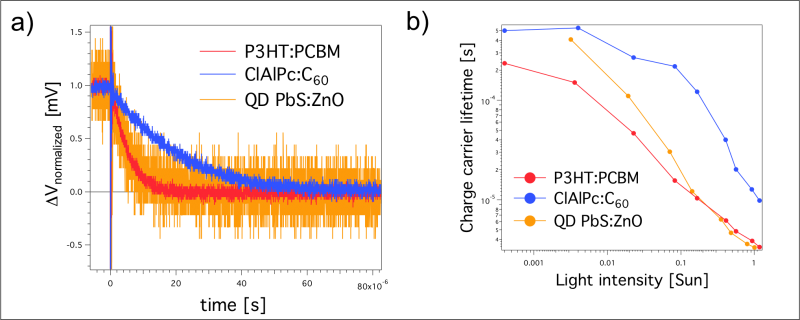
Nanostructured solar cells are attracting increasing attention as a promising photovoltaic (PV) technology [1] . Generation of free charge carriers…
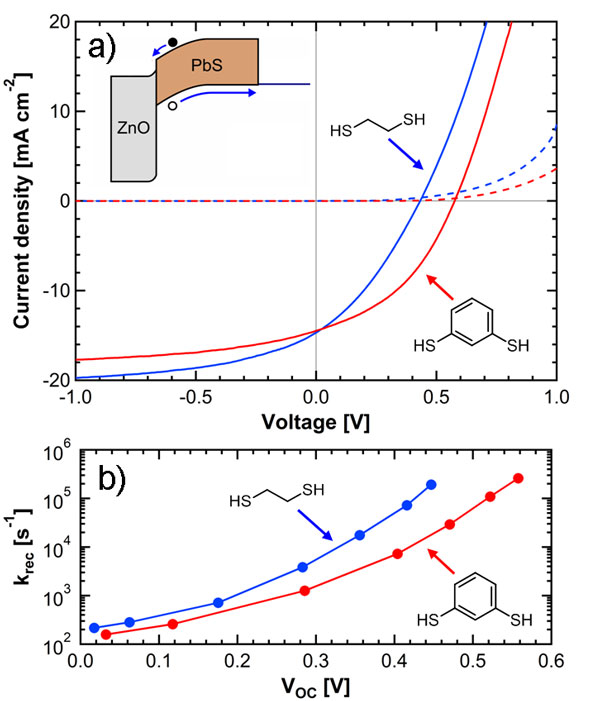
Solar cells based on lead sulfide quantum dots (PbS QDs) represent a promising new class of solution-processable photovoltaics. The highly…
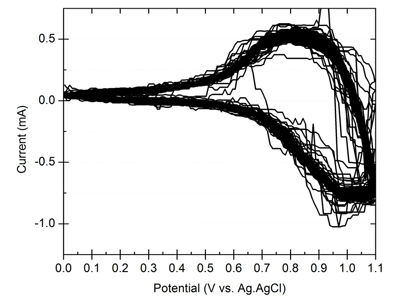
Water oxidation is the thermodynamically demanding step of the water-splitting reaction. Efficient sunlight-driven water splitting into molecular oxygen and hydrogen…
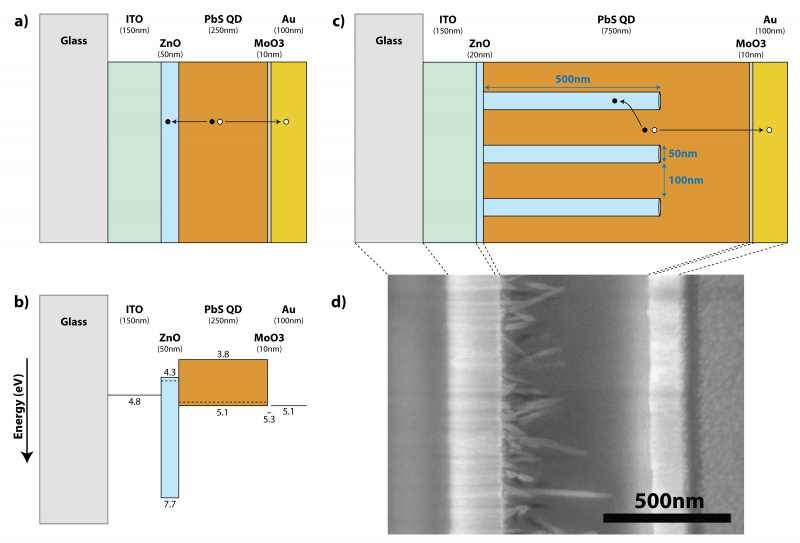
Thin-film solar cells incorporating colloidal quantum dot active layers have recently emerged as a notable third-generation photovoltaic (PV) technology, largely…

Disordered semiconductors exhibit poor electronic transport properties due to their amorphous nature. Low carrier mobility and lifetime limits the diffusion…
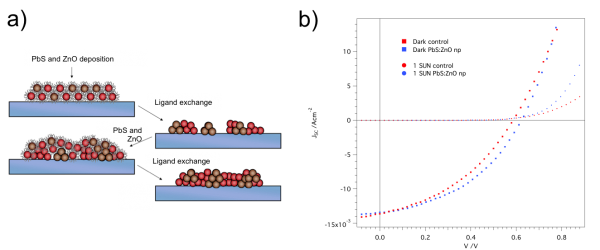
Colloidal lead sulfide quantum dot (PbS QD) solar cells have recently shown attractive improvements in efficiency [1]. PbS QDs have…
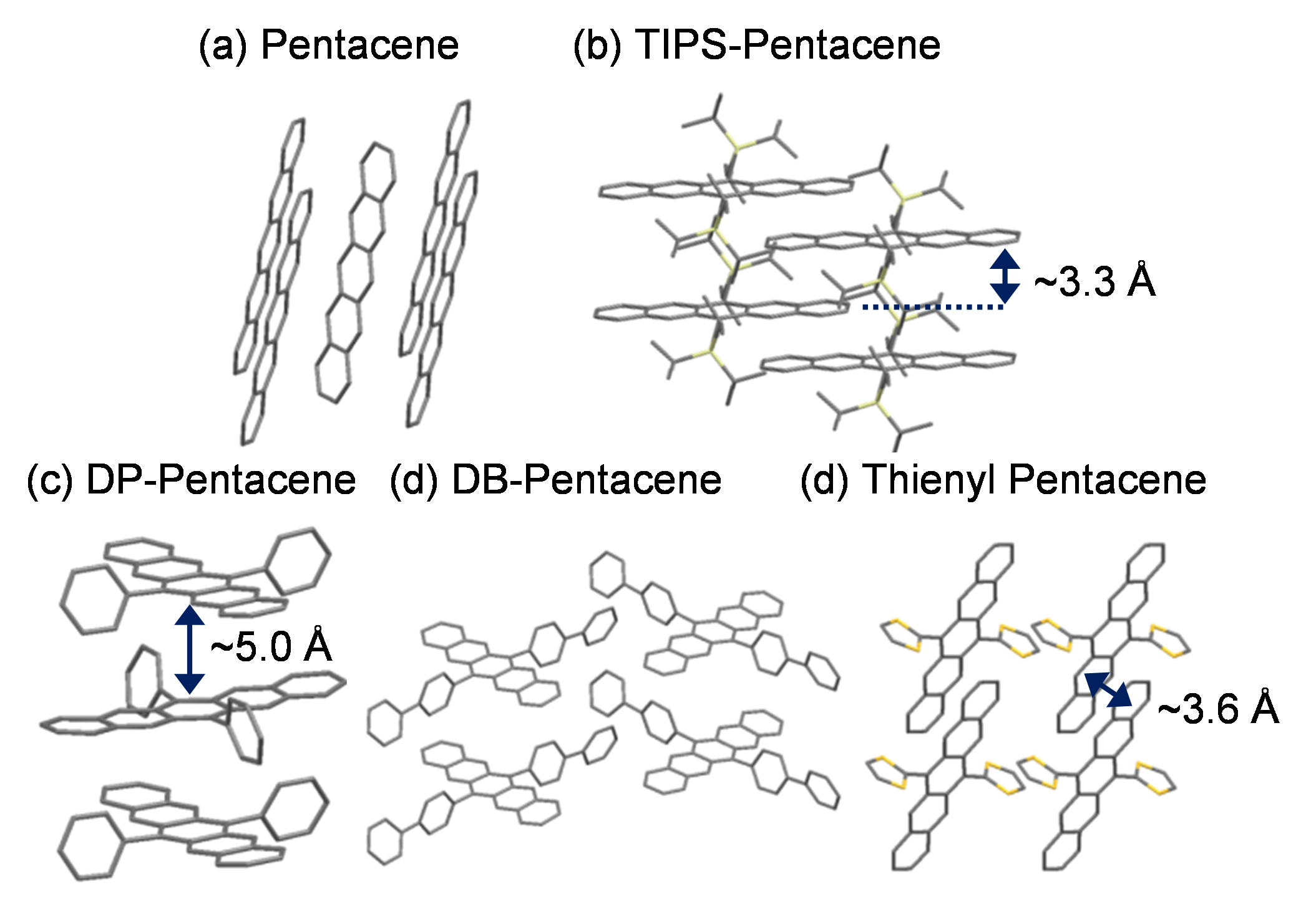
Singlet fission, a process that converts a singlet exciton into two triplet excitons, has the potential to achieve a high-efficiency…
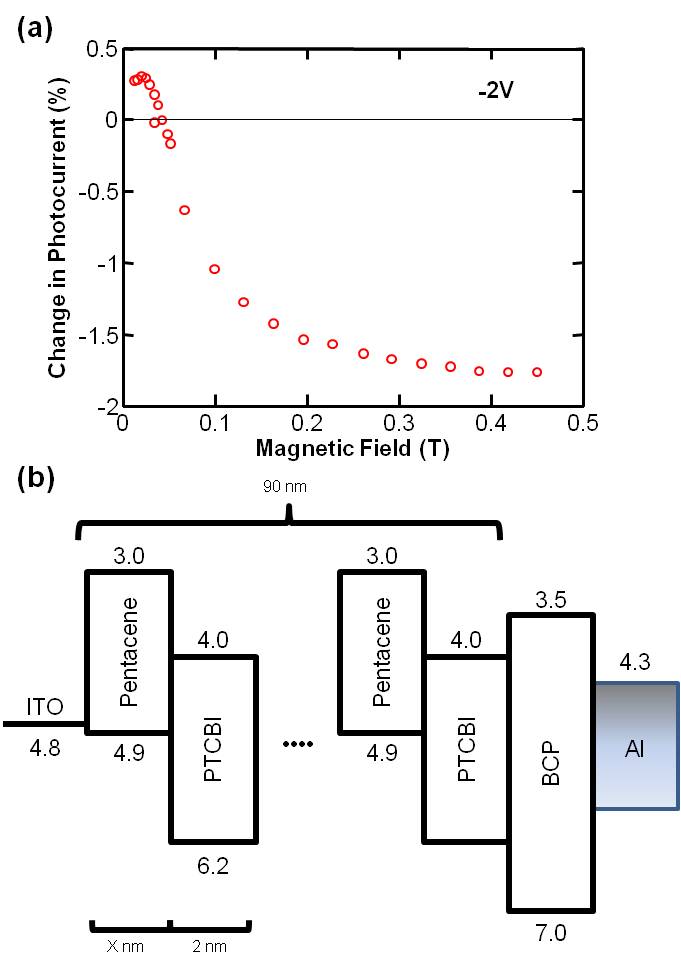
Organic solar cells and photodetectors that feature singlet exciton fission materials have two additional exciton processes that traditional organic solar…